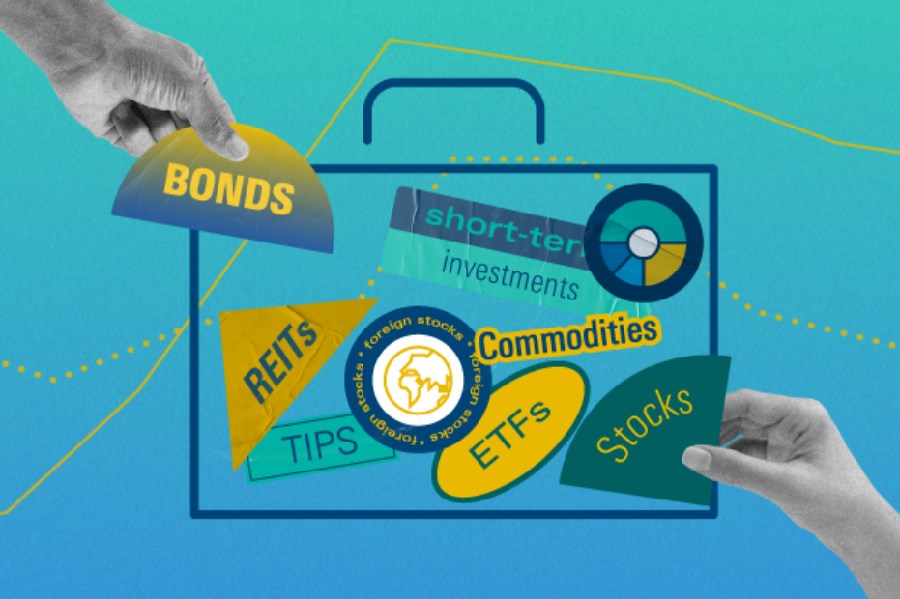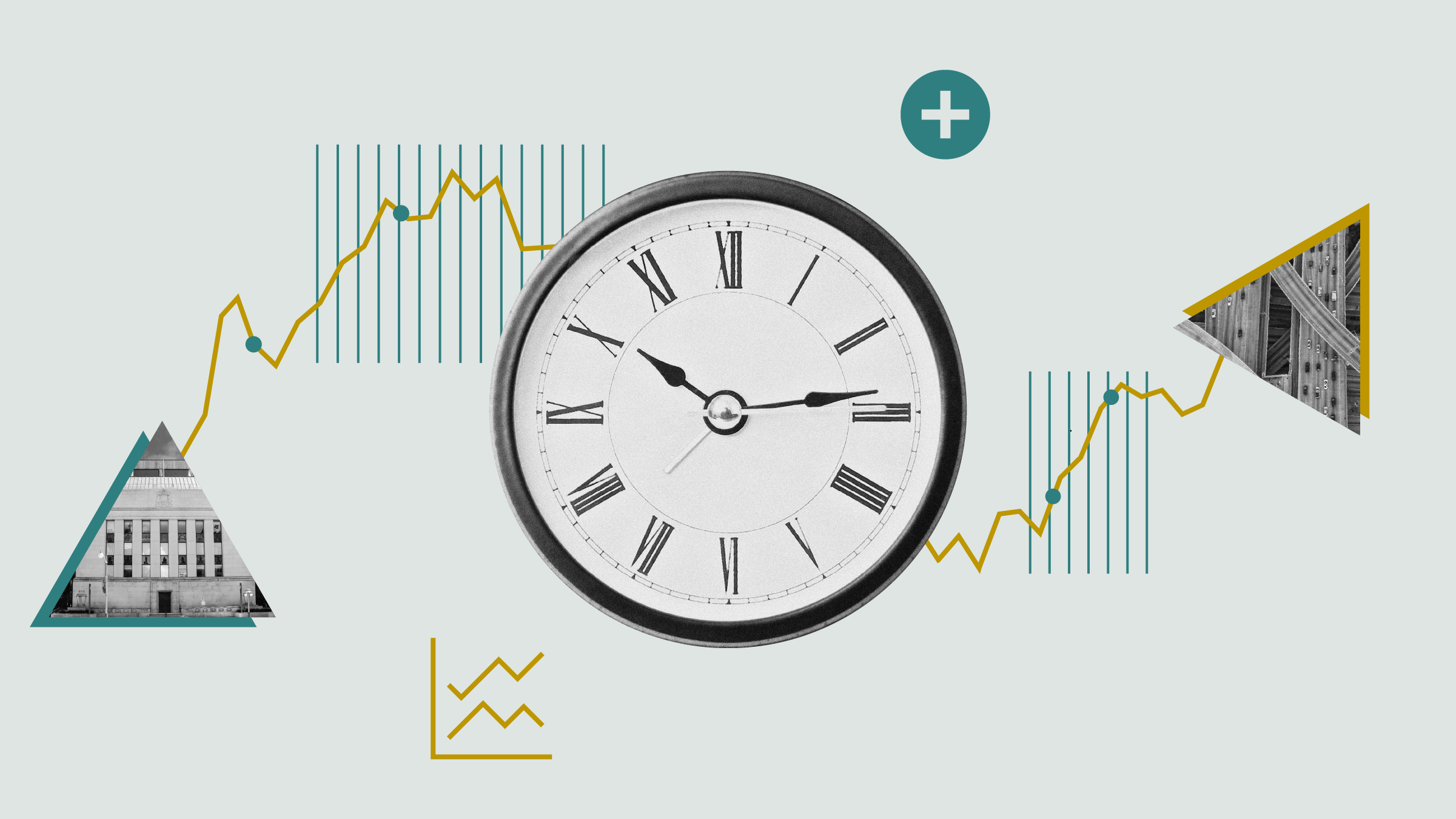
A common piece of advice for investors during a big selloff in the stock market is to hang tight and don’t panic. That’s often misunderstood to mean close your eyes and ignore what’s happening in your portfolio. Right now, with stocks flirting with a bear market and many bond strategies also posting high-single-digit losses, the instinct to put your head in the sand may be understandable.
While you don’t want to respond with knee-jerk reactions to the down market in stocks or losses in your bond funds, it’s also a time to take a close look under the hood of your portfolio and see how your plan matches up to what you expected and whether you’re still on track to meet your goals.
Where to start? In a recent conversation, Marta Norton, chief investment officer for the Americas at Morningstar Investment Management, offered eight steps for investors to consider as we weather these volatile markets. Here is an edited excerpt:
1. How Robust Is Your Portfolio?
One thing that we give a lot of thought to is the idea of robustness. This is related to diversification, but it's not quite the same thing. It's thinking about your portfolio and the different environments that you can be in: high economic growth, low growth, high inflation, and low inflation. If your entire portfolio depends on high growth and low inflation, then you don't have a robust portfolio.
It makes sense to think about those different ranges of environments and your portfolio—even within a single asset class. Even within equities you can ask yourself, "Which of these sectors is going to benefit in which environment?"
For example, if we enter into a recession, financials are not a great place to be. If we don't hit a recession and rates are much higher, then there is something of a tailwind for financials. If we have a recession, maybe energy doesn't do so well. But if you have inflation, maybe energy does do well.
2. Look for Buying Opportunities
The Warren Buffett maxim should apply: Be greedy when others are fearful, and fearful when others are greedy.
As a general rule, if you care about the price that you're paying for securities, and the market is selling off hard, then all else being equal, that is a buying opportunity. When it comes to stocks, especially to the extent that the underlying assets of a company are not impaired, you're looking at healthy companies, healthy debt.
When we start to see a market selloff like this, we are always going to start to get interested and think about how to take advantage of the opportunity. I think this is a narrative that people understand well, but whether they actually behave that way is a different thing.
3. Buy the Dip vs. Having a Plan
The mantra “buy the dip'' doesn't always work the way people think it might. There is this sense of a trampoline, like the market is going to fall hard and there will be an immediate bounceback. I want to caution that, if it is a meaningful selloff, there can be more meaningful selloffs.
When we start to get interested in a market selloff, we don't invest all at once. We do it in a more dollar-cost-averaging way, where we adjust and put together a buying plan.
It’s a precommitment that can help counter behavioral bias, because, as the market sells off more and more, you start to wonder what the market is seeing that you don't. Having this precommitment can be a powerful way to do the right thing, even when it feels really bad.
4. Don’t Buy Through the Rearview Mirror
Down markets don't all look the same, and up markets don’t all look the same.
Stocks that have been favored by the market won't be favorites anymore, and so you don't want to assume that this is just a dip and then you get back in, and it's going to be exactly the way it used to be.
5. Check Your Expectations
This is not a recession yet, and this isn't a global financial crisis. This is a shifting of the market environment. We're going from a benign inflationary environment to an inflationary environment, and from an accommodative monetary policy to some measure of less accommodative monetary policy.
And, to the extent to which it's been that accommodative policy and that the economic environment has bolstered security prices, then you are looking potentially at the next 10 years that are not as friendly for returns as the last 10 years. Recalibrating expectations is important.
6. Bonds Still Have Value
When your bonds are losing meaningful amounts of money at the same time as your stocks, it’s difficult to stay focused. As you see equities sell off, and then you see bonds sell off, it's just really hard to understand the value of a multi-asset portfolio.
From our vantage point there still is a value to bonds. If we were to hit a recession there's a chance that Treasuries would be a safe haven.
At the same time, as bonds are selling off, at some point they're not going to keep falling. They're still not dropping in every instance to the same magnitude as stocks. And, as they are selling off and their yields start to rise, they get more attractive.
7. Consider Moving Beyond Stocks and Bonds
It’s important to know that this type of market environment—the idea that bonds and stocks can be selling off at the same time—is within the realm of possibility. I just think we haven't seen it for so long that people got caught off guard.
The other thing to consider is that stocks and bonds don't have to be the only thing that you own. The key is you want more consistent, steady performance that’s not driven by the same factors that are driving fixed income and aren’t being driven by the same factors that are driving equities.
I'm not talking about commodities or real estate. I'm talking about alternatives in the sense of hedge-fund-like strategies that don't use leverage and have steadier return profiles. They offer balance to your portfolio without the risk that some parts of fixed-income markets face. You can find out more here.
8. You Don’t Have to Be Right
To have a portfolio that's able to meet a financial goal at the end of your time horizon, you don't have to be able to predict that economy. You don't have to be a savant. You do have to be willing to say "I could be wrong about this. What could I own that is reasonably priced that could offset that concern?"



















